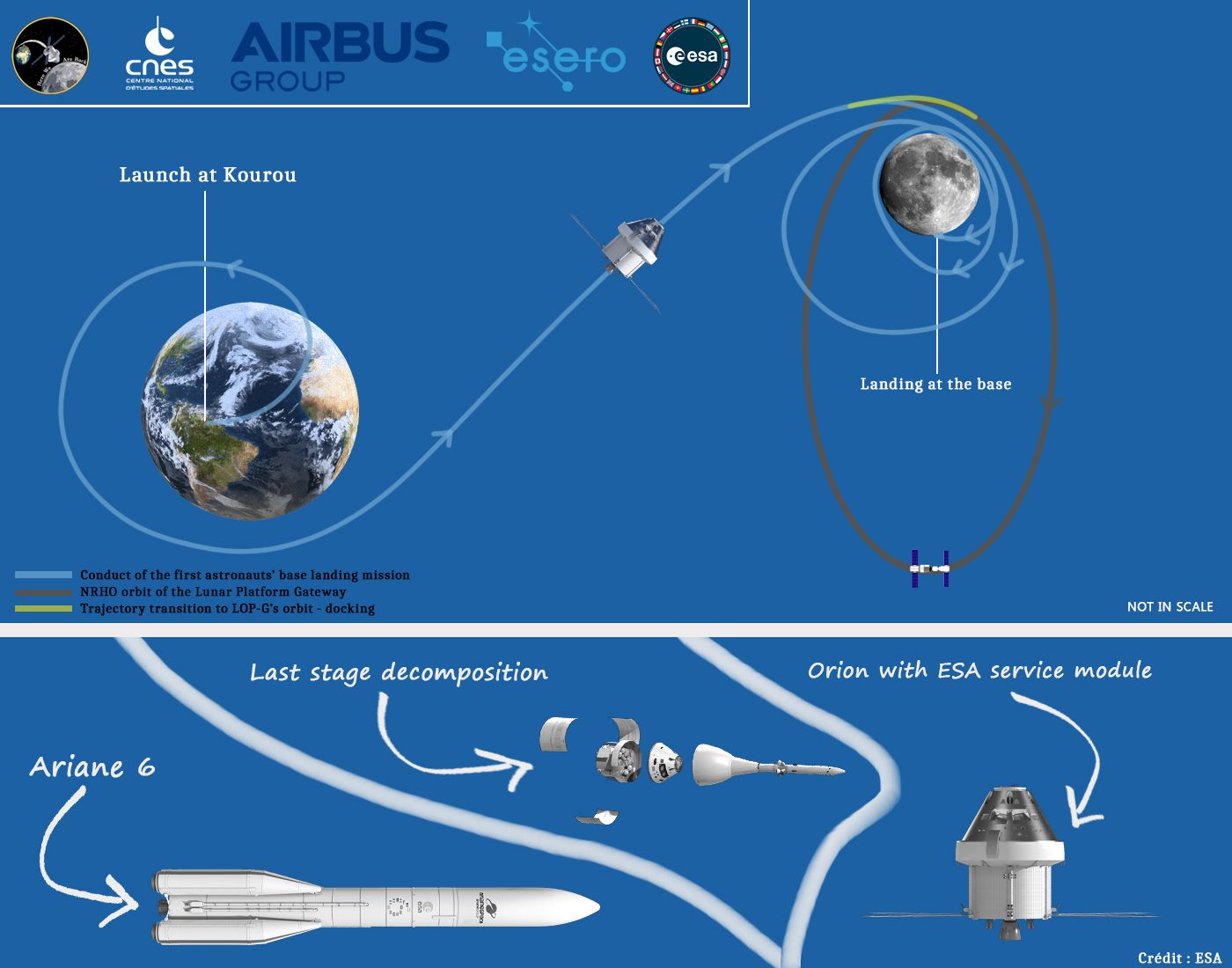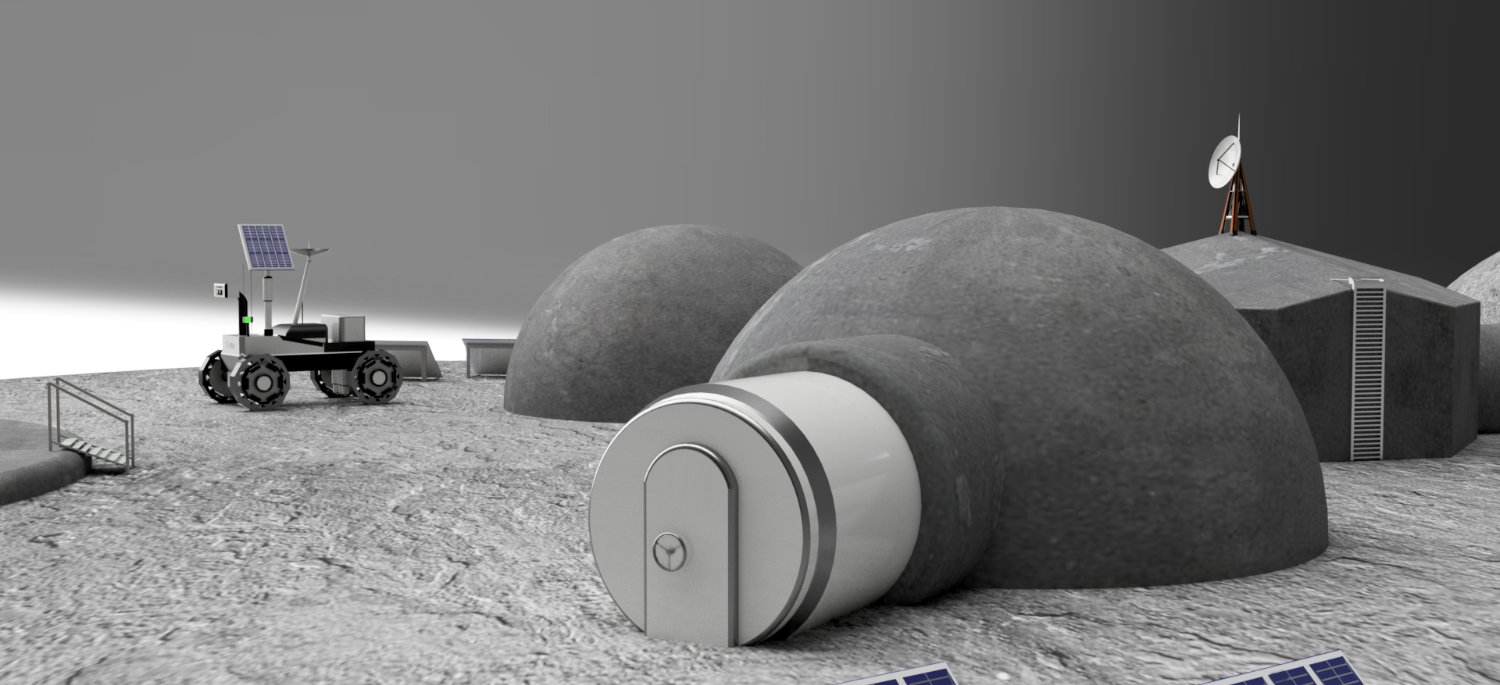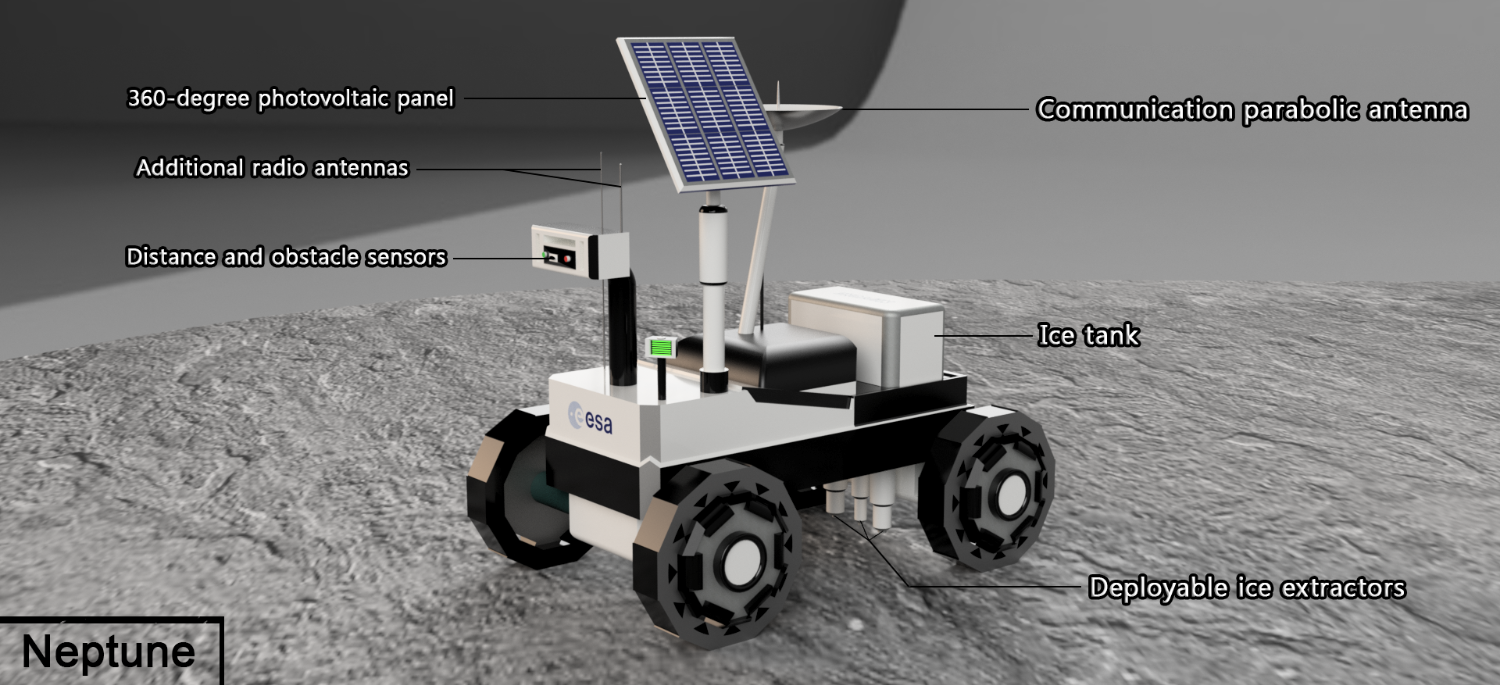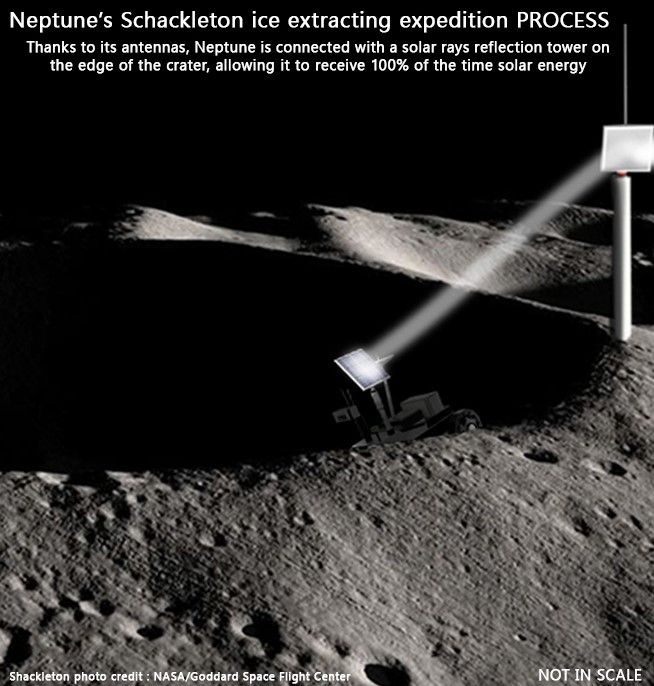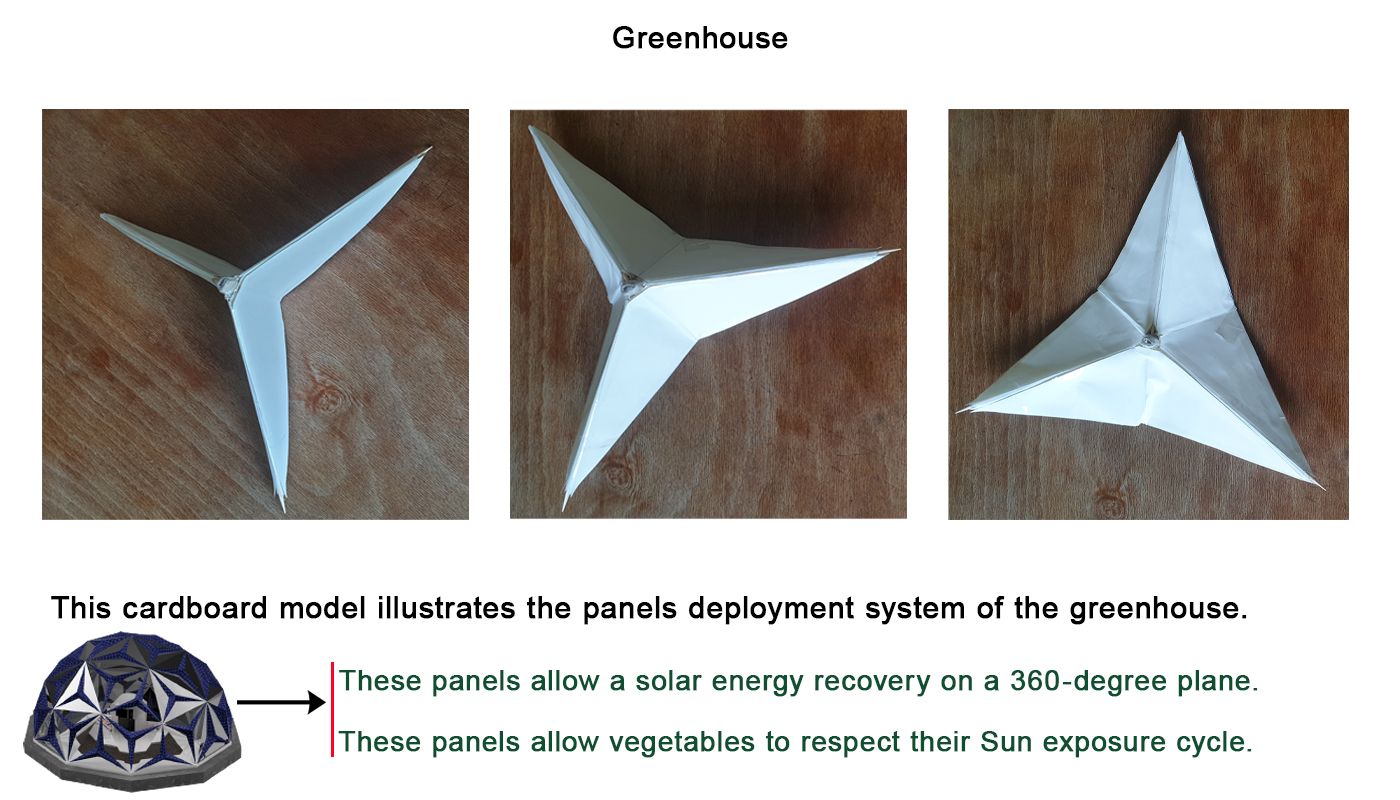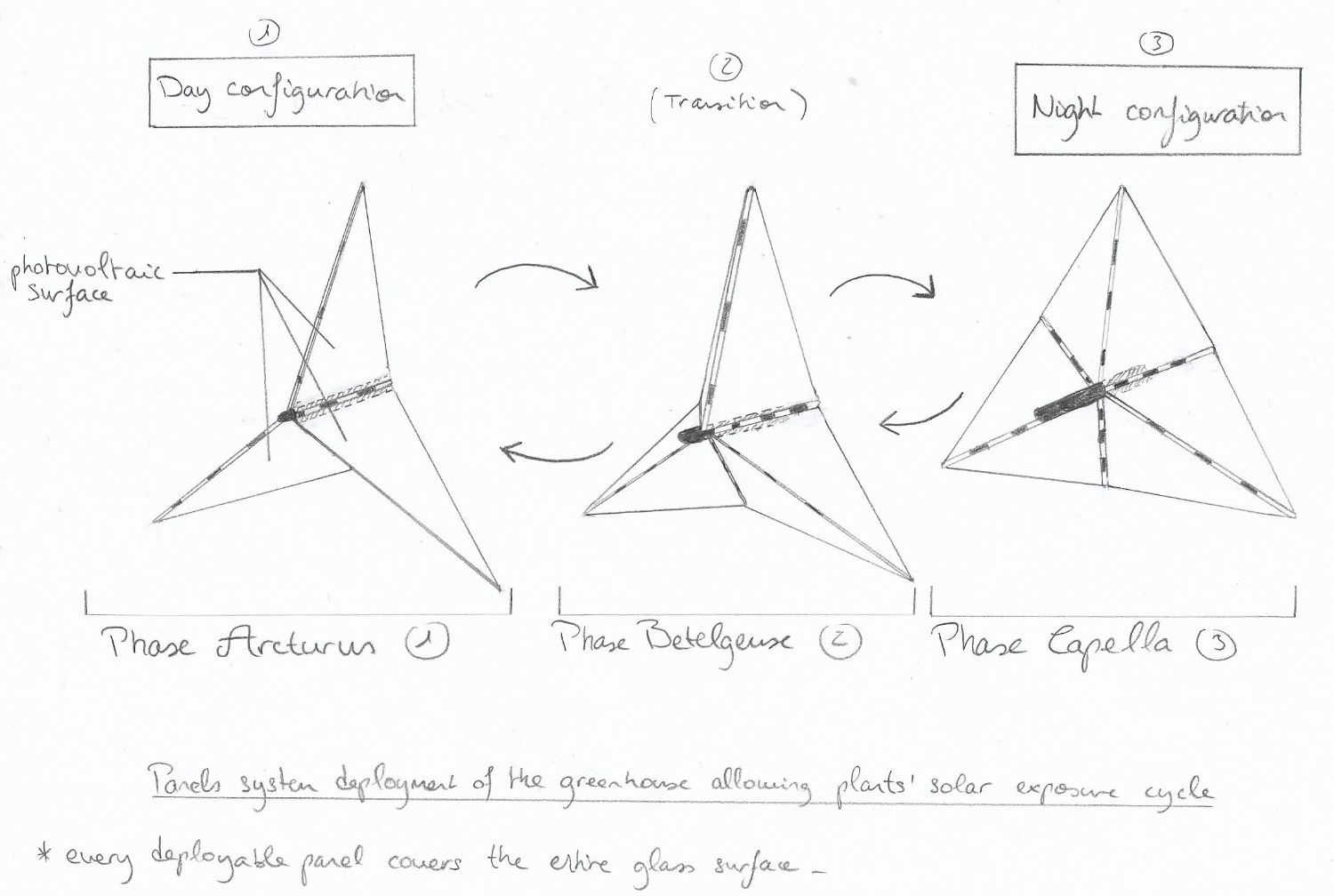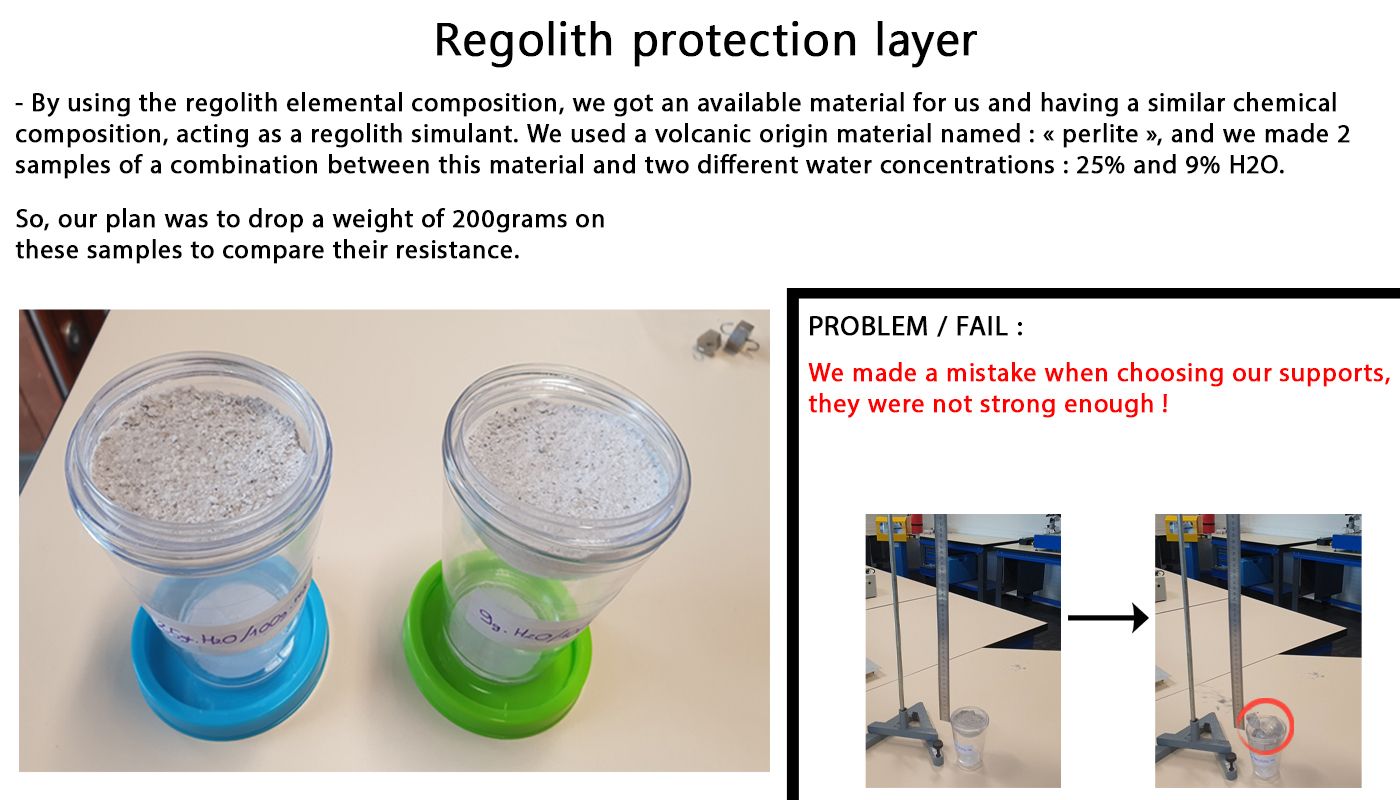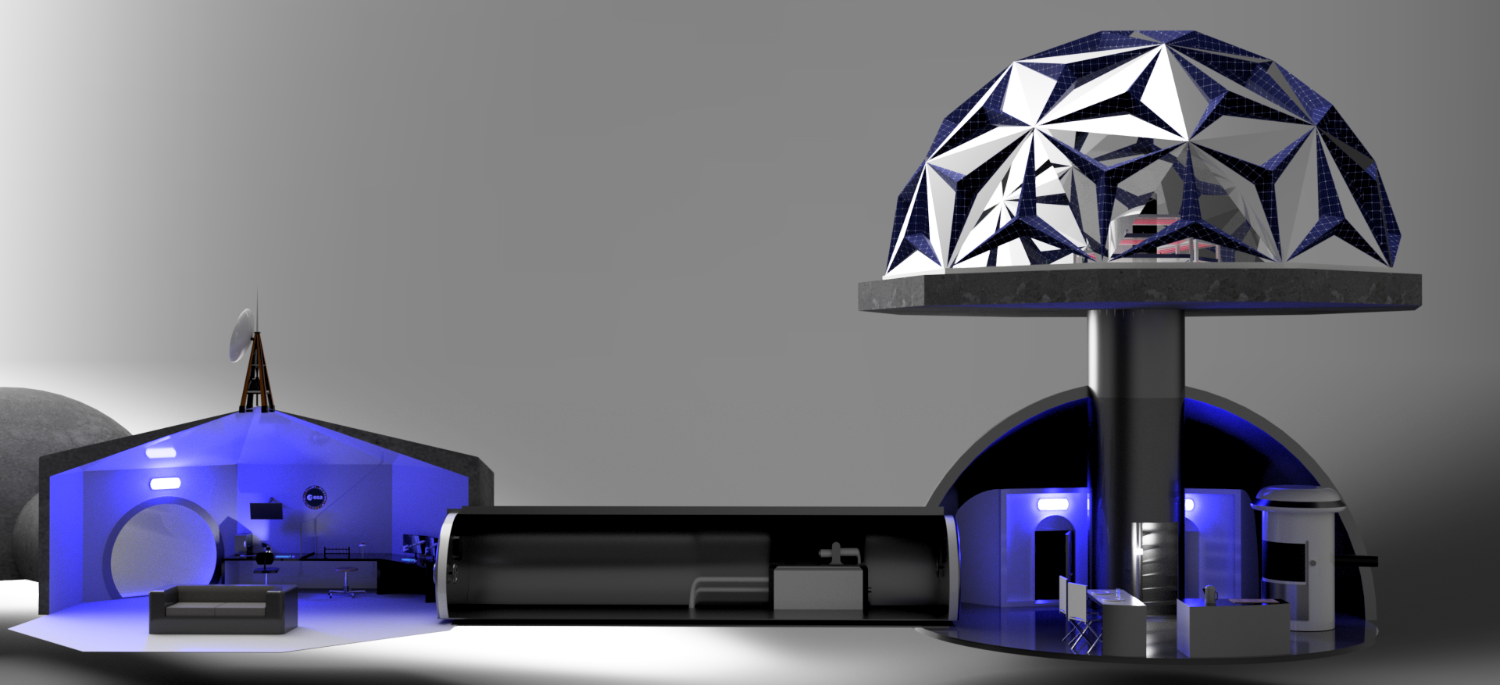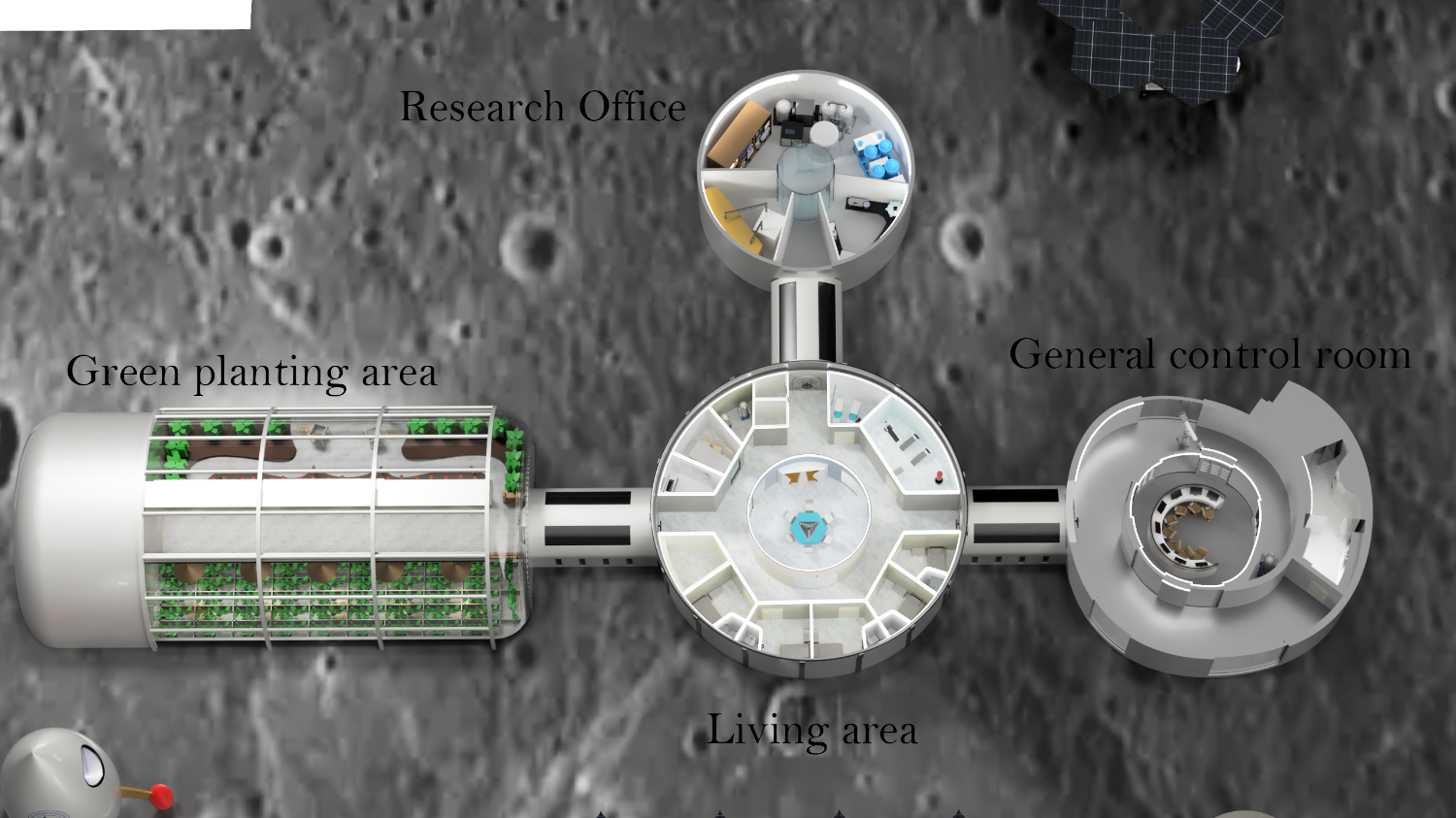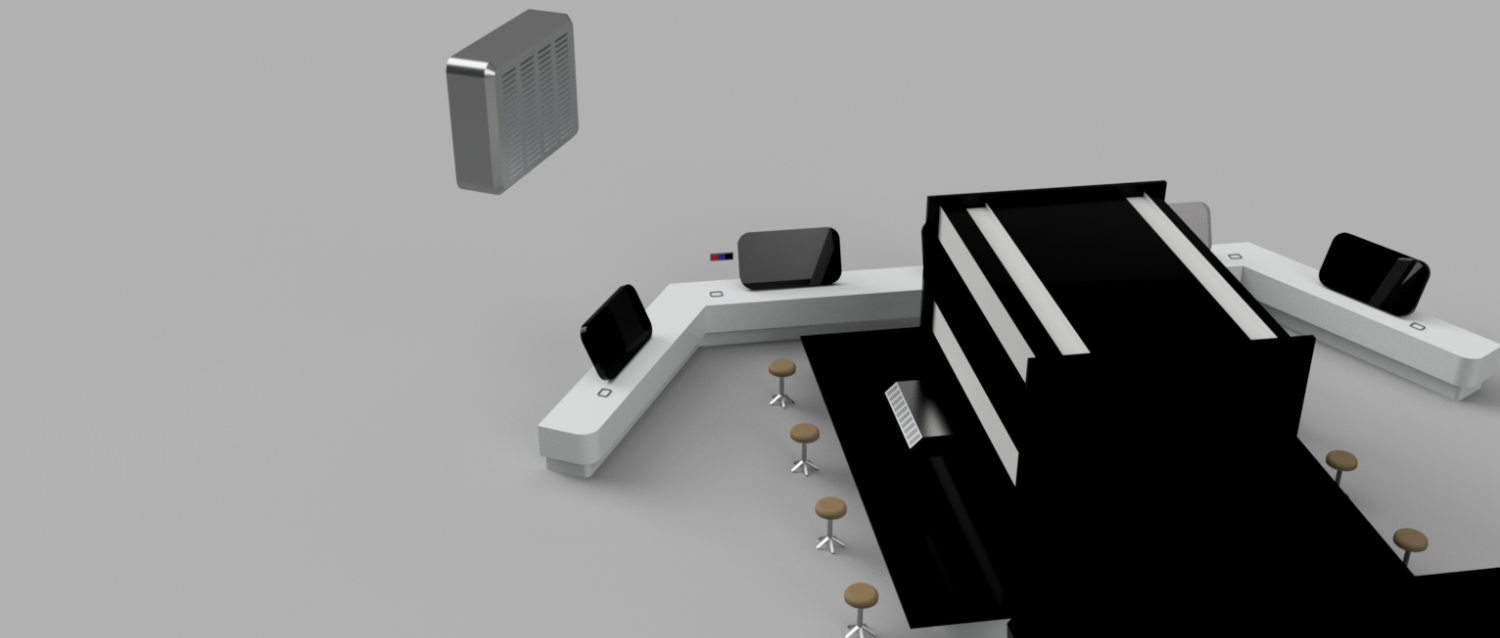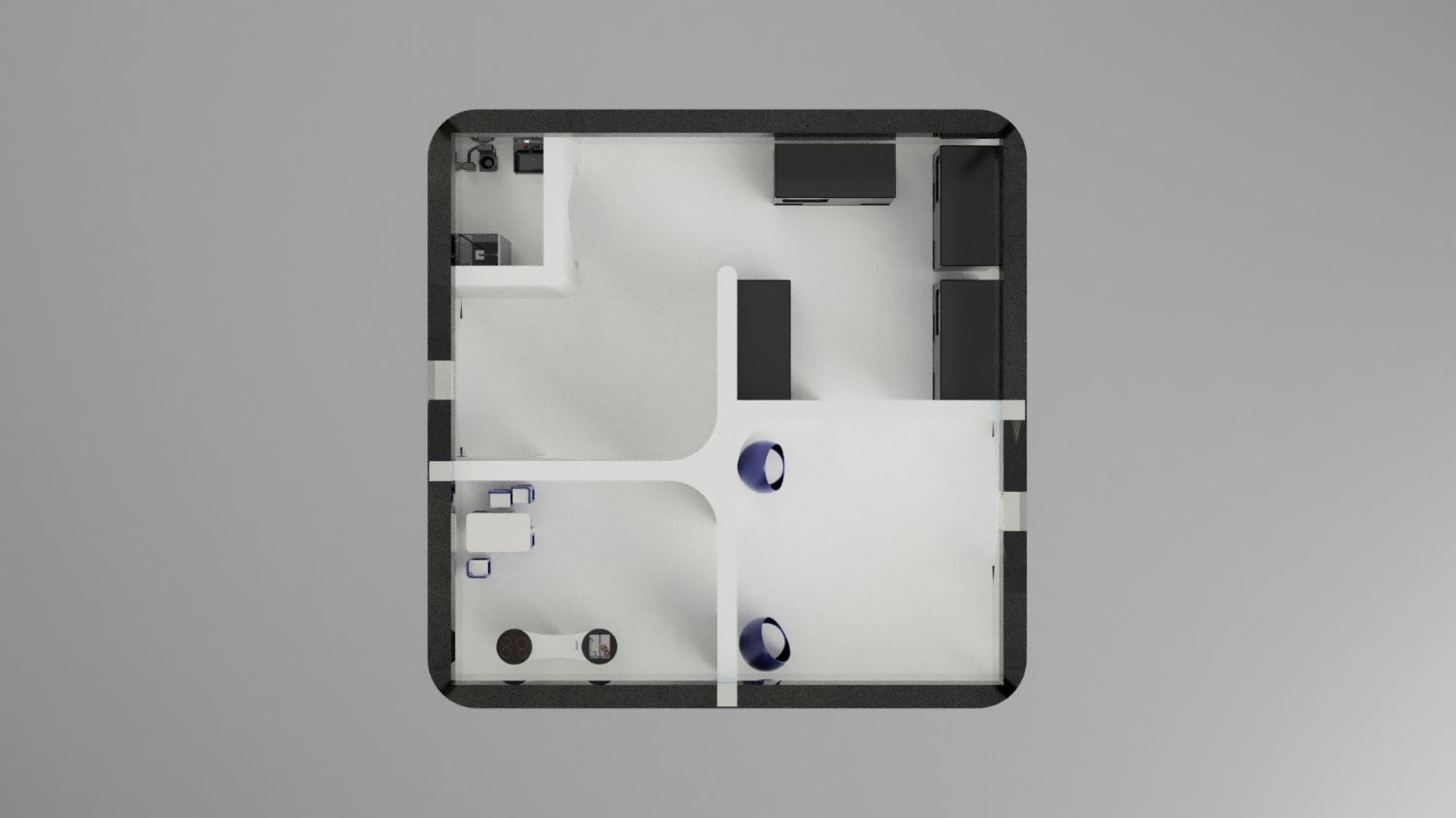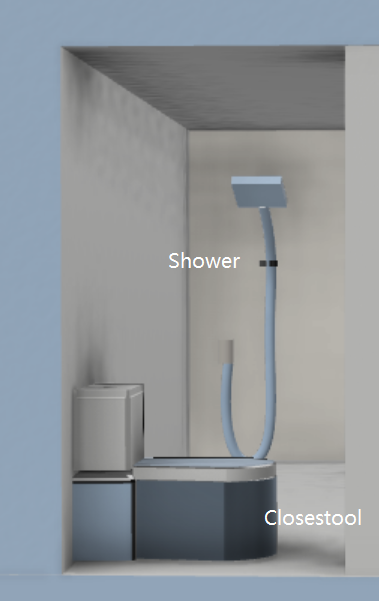Moon Camp Pioneers Gallery 2021-2022
In Moon Camp Pioneers each team’s mission is to 3D design a complete Moon Camp using Fusion 360. They also have to explain how they will use local resources, protect astronauts from the dangerous of space and describe the living and working facilities.
Team: Here We Are Back !
Lycée Germaine Tillion Sain Bel France 16, 17 4 / 2 First Place – ESA Member states
External viewer for 3d project
|
Project description
Konstantin Tsiolkovsky wrote in 1911 “Earth is the cradle of humanity, but one cannot live in a cradle forever.” What humanity has accomplished over the past 60 years is completely unbelievable, thanks to people that dedicate their entire lives to allow the space exploration. And now, we want to leave the “cradle”, again, for something bigger : staying continuously for months on the Moon. The main goal of our mission named “Here We Are Back !” ( HWAB-I ) is to take the most precautionary measures, according to scientists and researchers findings, to keep our astronauts safe all the time. Our base will be composed of 5 spaces including a greenhouse placed on a tiny mountain to recover a large amount of light, and will of course meet all the vital needs of astronauts. We plan this mission for a period of 8 years with a crew changing every 145 earthly days. Moreover, our mission’s ambition is based on in-situ resources use. Indeed, sending all the needed resources from Earth would be really expensive and use too many flights, without counting the take-off failure percentage. Besides that, we will make full use of spectacular technological advances, for example by sending astronauts with Ariane 6 aboard the Orion module, by using the Lunar Gateway ( LOP-G ) as playing a huge role in missions, and by sending plenty of rovers plus ultra-sophisticated air-supported structures. |
|||
|
2.1 Where do you want to build your Moon Camp?
We decided to place our base at the lunar South Pole beside a tiny mountain nearby Shackleton Crater for many reasons : To take advantage of the sunlight present about 90% per lunation. Indeed, we will be able to convert enough solar energy into electricity to supply the whole base and the rovers. By placing our greenhouse on the mountain, we will recover energy even longer. Temperature fluctuations are correct, and the surface allows us to find a few Permanently Shadowed Regions ( PSRs ) nearby. In 2009, when the probe LCROSS crashed on the PSR of Cabeus Crater, not far away from our base location, an interesting quantity of water molecules was detected in the ejected dust. The lunar regolith also contains a high amount of oxygen. So, the South Pole is for us the best location to exploit vital resources, both in craters and on the surface. 2.2 How do you plan to build your Moon Camp? Describe the techniques, materials and your design choices.
One first rover will be sent to dig in a small mountain to prepare the installation of the vital space in its inside. Moreover, the dug regolith will be extracted, recovered, and used to cover the rest of the base. At this point, 4 fold-out air-supported structures modules will be delivered. Astronauts aboard the LOP-G will reach the base location during a series of mission to connect the structures together with tunnel connectors, and to install all vital systems ( previously transferred from the Gateway as missions progress by using the European Large Logistics Lander ( EL3 )). These same astronauts will also be undeniably really important from the Station by following and controlling a big part of the rover installations. A 3D-printing rover will also be sent aboard the future Heracles lander. This rover will convert the mountain extracted regolith combined with urine into a 3D-printable solid material, in order to print a protective layer on the base structures. We assume that for now, no sufficiently powerful robotic-arm rover has been designed to install our greenhouse, but its feasibility is totally assured in the coming years.
Our ice extractor rover “Neptune” will land and start his extraction process to prepare the arrival of the astronauts. Once the camp is fully operational, after taking off with Ariane 6 aboard the Orion module and docking to the LOP-G, the astronauts will land at the base and start the mission. 2.3 The environment on the Moon is very dangerous for the astronauts. Explain how your Moon Camp will protect them. (maximum 150 words)
|
|||
|
2.4 Explain how your Moon Camp will provide the astronauts with:
|
Water
|
Food
|
Power
|
Air
|
|
Astronauts will need water for many different uses : drinking, growing vegetables, producing rocket ergols thanks to its electrolysis for future missions, and knowing more about the Moon history. |
We plan to install a greenhouse on the mountain, divided into 2 spaces. In the first one, vegetables will grow in fertile soil ( produced by anaerobic composting ). We chose micro-tina tomatoes for their rapidity to grow, and cucumbers ( do not require cooking ). The second one is the hydroponic compartment where sweet potatoes will grow for their high vitamin and carbohydrates content. We will improve the hydroponic growing since we know it would be the perfect way to grow vegetables over a long time, using much less water. |
Since Sun’s rays are present almost all the time at our location, this represents the best source of energy to generate electricity for supplying the base and the rovers. |
Air is assuredly the most important resource. In addition to recycle water, the Micro-Ecological Life Support System Alternative will also convert the CO2 released by the astronauts into O2 thanks to micro-algaes in order to allow them to get a permanent loop of autonomy. Even if there are still years before the full implementation of this system, it is for us the most efficient way to enable a long-duration manned spatial mission. |
|
2.5 Explain what would be the main purpose of your Moon Camp.
HWAB-I will be mostly a scientific mission, the whole time supported by mission crews on Earth and astronauts aboard the LOP-G. It will be a totally complete preparing for future missions to Mars since we will realize the psychological effect of a mission at such a distance from Earth, and because over a long-term use we will be able to adapt each system to make them as convenient as possible for the future. Additionally, we will test the feasibility of the rocket ergols production by using in-situ resources : why would not the Moon be the departure of future missions ? We will also allow prepare journalistic trips ( 2 or 3 ) in order to publicly report how astronauts are living, what they do in daily life, and to show the worldwide that this mission has a real utility. |
|||
|
3.1 Describe a day on the Moon for your Moon Camp astronaut crew.
It is true that a constantly active base would be more productive, but the cooperation between the 2 astronauts is the most important point for mental health and safety. They will therefore have a time lag of only 2,5 hours in their day. After waking up, the first astronaut checks on the dashboard that all is working properly ( air pressure and ventilation, electricity stock, water quantity reserve… ). If all is operational, he goes up to the greenhouse to inspect plants growth and collect daily vegetables. Then, he can join the working dome to experiment on ergol production from regolith. It’s time for the other astronaut to wake up. Both teammates wash up simultaneously, and have a breakfast together : the moment for them to discuss and apprehend a new cooperation day. One hour later, they get ready for an Extra Base Activity ( EBA ) : the second astronaut is helped by his mate to put on his EBA suit and go outside via the entrance airlock. Always in radio communication with the other astronaut thanks to the antenna, he will : extract regolith samples at strategic spots, inspect and repair base systems if necessary, recover the mined ice tank brought back by Neptune and exchange it with another empty tank to allow the rover going back on mission. When everything is done, he returns to the base through the airlock, and both astronauts place the ice tank in the automatic melting and filtering machine process. After eating, 2 hours are dedicated to a sport session which is mandatory in the astronauts’ routine. Because of microgravity, the weight is highly different so the equipment is specifically designed to be used in these conditions. Once their session is over, they meet in front of the screen to make a video call with the teams and their family. Even if they represent the most prepared astronauts of the history, we do not have to forget they are humans above all and must keep in touch with people close to them. Then, while the second astronaut continues working, respecting the 2,5 hours’ time lag, the first one falls asleep watching The Pale Blue Dot picture to remind him that even if our cradle the Earth is a quark in the universe, on the Moon She appears as a second Sun which still remains close to him and makes astronauts’ eyes shine. |
|||



